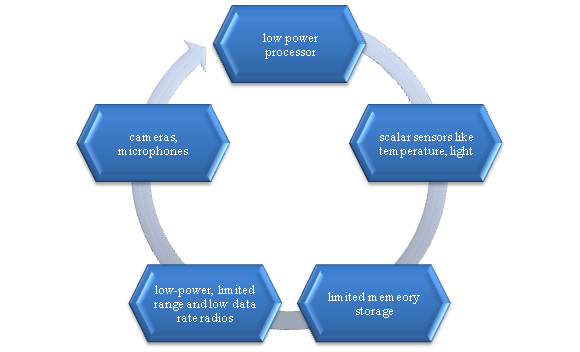Omnet++ WIRELESS SENSOR NETWORK SIMULATION PROJECTS
Omnet++ WIRELESS SENSOR NETWORK SIMULATION PROJECTS is the process of transferring information from sender to receiver with certain distance. Wired and wireless communication permits us to provide data transfer from one place to another. We offer Omnet++ projects in communication with advanced technology in network communication for final year students. We ensure Omnet++ which is a component based architecture for various network and applications. We develop various models in Omnet which can be assembled through reusable components available in libraries. We support and develop various communication based simulation projects for ECE, CSE and IT students. To provide an optimum result Omnet++ is the best choice.
Packets in Network Communication:
Network data can divide into manageable, smaller piece called packets. We provide data splitting in communication ensure efficient transmission based on the principle of ACM papers. Packet Retransmission and transmission is carried for packet containing errors.
We split packets into three categories as:
Header – composed of source and destination address with clock information to synchronize transmission.
Data – actual data for communication with 512 bytes to 16kbytes.
Trailer – Contain information to verify packet content such as cyclic redundancy check.
Transmission of Packets:
We use communication to allow packet transmission from one place to another. We perform various packet transmissions in more than 85+ projects which categorized as:
Unicast Transmission – Allow Packet transmission to only computer.
Broadcast Transmission – Allow packet transmission to computer in network.
Multicast Transmission – Multicast packets are created for computer that are listened and share network address.
Protocols Used In Communication:
To create communication we use protocol which is a set of rules or procedures. We provide various kinds of protocol for wired and wireless network are:
Connectionless Protocol: Responsible to create communication among wireless device and networks.
Connection Oriented Protocol: Responsible to create communication among connection oriented network device.
Routable Protocol: Responsible to find path between source and destination.
Non Routable Protocol: Responsible for security and other function in network.
Functions of Protocols:
In communication every protocol has different function. Each protocol can work at different layers. Protocol stack is set of protocol work cooperatively commonly used protocol is TCP/IP ensures internet connection in all operating system.
Communication Standards:
We provide various communication standards such as Token Ring, TCP/IP, RFID, Ethernet and Wi-Max for wired and wireless network communication. We implement various communication standards for M.E students are:
Token Ring: We use Token ring which specify computer and device on network share a special signal called Token. Every network has one token.
TCP/IP: We use transmission control protocol/ Internet protocol which permit message route from one to other end networks.
Wi-FI / WiMAX: These are wireless standards which permit two wireless devices to communicate over air.
Bluetooth and RFID: Radio Frequency identification work on basis of Radio waves and Bluetooth used for short range communication without air.



